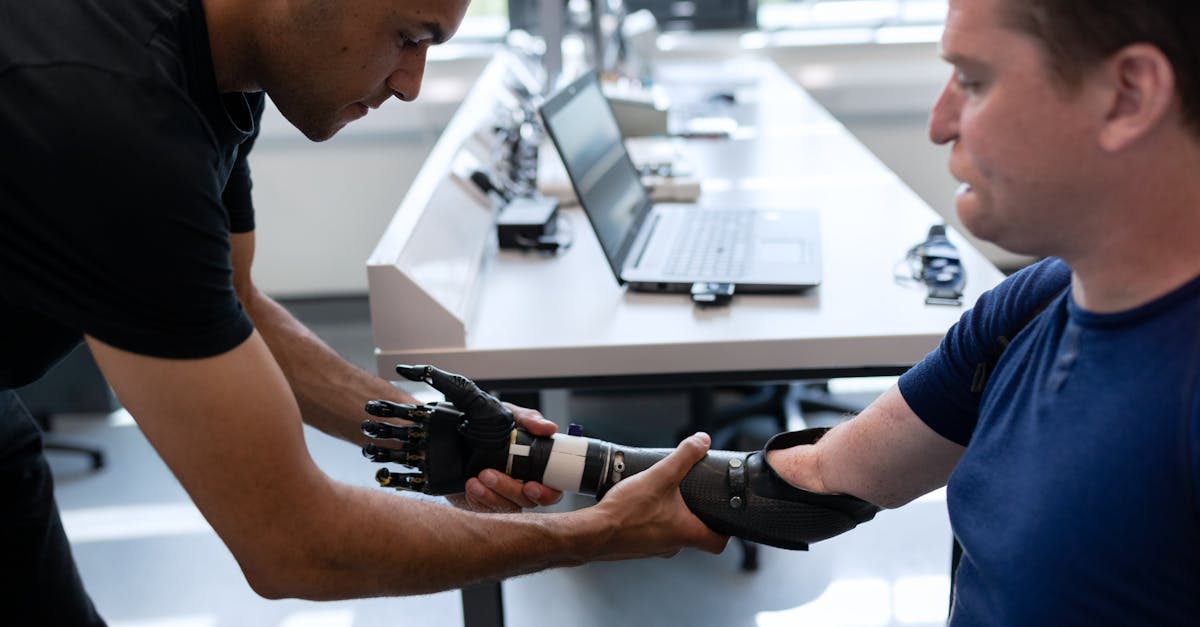
Fitting Boots
Table Of Contents
Fitting Boots
When it comes to finding the perfect footwear, many individuals struggle with discomfort and fit, especially if they have flat feet. The right boot fitting solutions for flat feet can make a world of difference in outdoor activities, ensuring comfort and support during long hikes or casual strolls. Understanding the importance of appropriate fit has led to advancements in techniques aimed specifically at addressing the unique needs of flat-footed individuals.
Choosing boots that accommodate the specific contours of your feet is essential for maintaining foot health and preventing pain. With dedicated boot fitting solutions for flat feet, you can achieve not only a better fit but also improve your overall experience whether you are working, walking, or enjoying your favorite recreational activities. This guide will delve into various strategies and options available for customizing and adjusting your boots to ensure that they meet the demands of your lifestyle.
Choosing the Right Boot for Your Activity
While considering finding the right footwear, selecting the ideal ski boot is crucial for optimal performance and comfort. All activity requires tailored features that can enhance your experience. Take for instance, when you are hiking, you will want footwear that provide excellent support and durability, while lifestyle wear may prioritize aesthetic over technical features.
Fitting is another vital aspect to consider when choosing your ski boot. The properly fitted boot should embrace your foot without causing discomfort. It is important to remember that foot shapes vary greatly, so fitting multiple options is recommended. In addition, look for features such as breathability that align with your individual preferences to ensure a footwear not only fits well but also performs effectively in various conditions.
Aspects to Evaluate When Selecting Ski Boots
While picking boots, a person should evaluate various elements that can affect performance. The suitable fit is important as it can influence your complete experience on the slopes. Moreover, ankle shape and arch height are vital factors that can significantly impact how well the boots fit.
Another key factor to consider is boot flex of the ski boot. Specific levels of stiffness can improve control and comfort when skiing. In addition, boot liner material can affect warmth and comfort throughout the day. At the end of the day, taking the style of the ski boot can also play a role in your complete enjoyment.
Ways to Care for Your Footwear
Good upkeep is crucial for preserving the longevity of your ski boots. Consistent washing is vital for removing dirt, salt, and moisture that can harm the material. Use a damp cloth to wipe down the exterior and a soft brush for any stubborn spots. Following cleaning, give your boots to air dry at room temperature, avoiding direct heat sources that can lead to cracking or warping.
Conditioning on leather boots might also enhance their appearance and durability. Make sure to use products specifically designed for your type of boot material. Store your boots in a cool, dry place when not in use to prevent mold and mildew growth. Consider using boot trees or stuff them with newspaper to help maintain their shape. Implementing these simple practices will help keep your boots looking great and performing well for years to come.
Effective Tips for Keeping Footwear Boots
To prolong the longevity of your boots, appropriate care is essential. Commence by scrubbing the boots after each use. Utilize a soft brush to clear away dirt and debris while ensuring you do not damage the material. Once cleaning, allow the boots to dry out away from direct heat sources. Such helps maintain the shape and integrity of the materials. Additionally, applying a waterproofing treatment can help maintain the boots protected from moisture and stains.
Regular inspections of the boots are crucial for identifying any signs of wear and tear. Inspect the soles for any damage or excessive wear, as well as the laces for fraying. Swapping worn-out components promptly can help avoid larger issues down the line. Placing your boots in a cool, dry place when not in use helps prevent mold and mildew. Using boot trees or stuffing them with newspaper can help maintain their shape and absorb excess moisture. These practices ensure your boots remain supportive and ready for your next adventure.
Modern Technologies in Boot Fitting
The art of boot fitting has transformed through modern methods. Advanced 3D scanning has become a revolutionary tool in achieving a perfect fit. Such technology allows professionals to capture the exact shape of a user's foot, ensuring that all contour is addressed. Moreover, thermal liners are another cutting-edge method that enhances comfort and performance.
A further approach that exhibits the progress in boot fitting is the use of tailored insoles. With advanced materials and engineering, tailor-made insoles provide comfort that corresponds with the unique form of an individual's foot. The fusion of state-of-the-art solutions promises that every skier or snowboarder can enjoy a secure fit, leading to better performance and reduced fatigue. As these modern methods, the future of boot fitting seems exciting.
Understanding Impact of Innovation on Ski Boot Fitting
Innovation have transformed our approach to boot fitting in recent years. By utilizing three-dimensional scanning, fitters can create accurate models of individuals' feet. This permits for personalized fittings that promise comfort and performance on the slopes, in the end enhancing the overall skiing experience.
Additionally, new technologies in materials have resulted in the development of more lightweight and more versatile boot designs. These improvements not only enhance comfort but also enable skiers to have superior control and responsiveness. By embracing these technological solutions, boot fitting industry continues to evolve, making it more efficient for skiers to find the perfect fit.